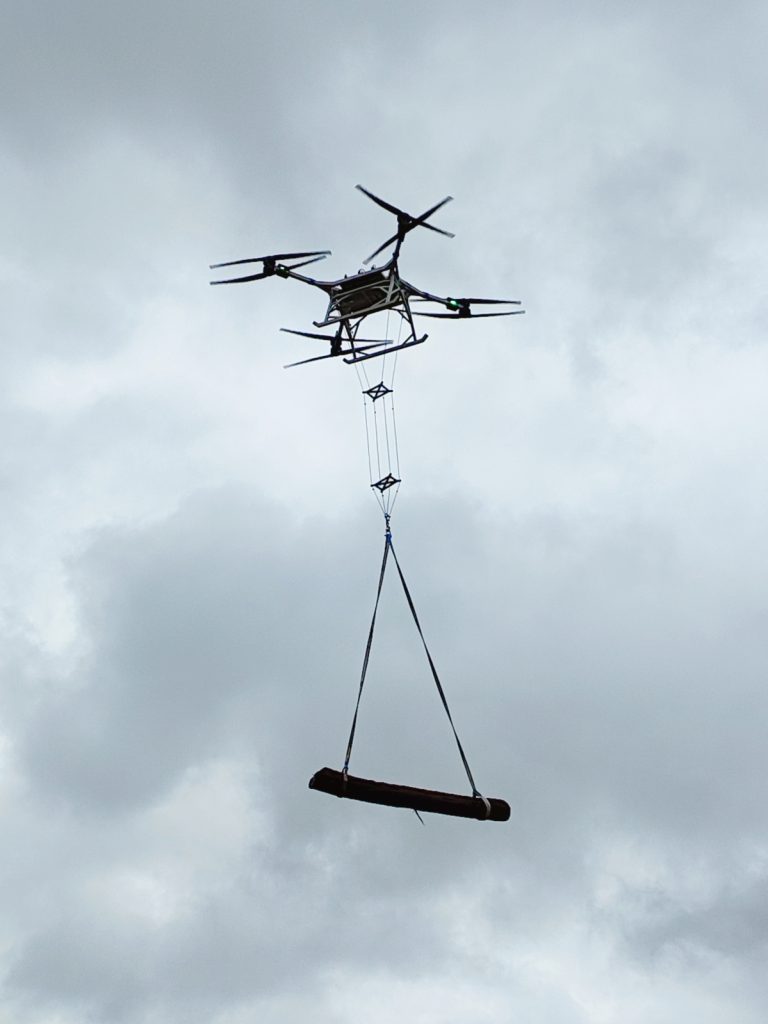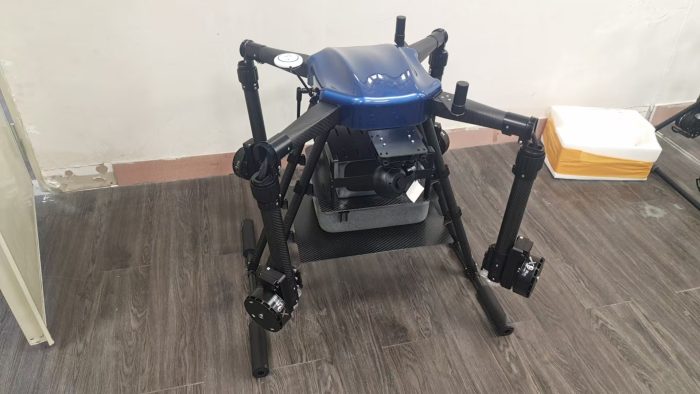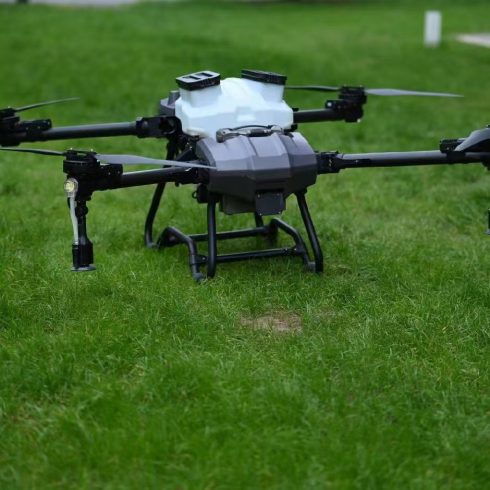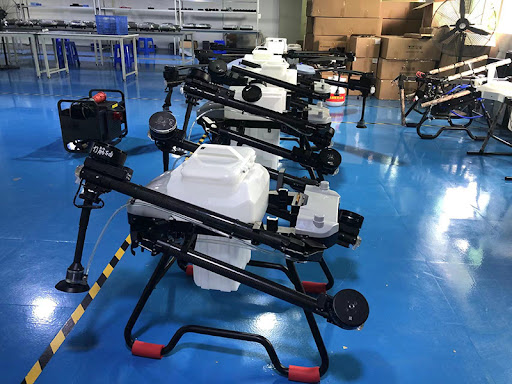
The global logistics landscape is undergoing a transformative shift as autonomous drones emerge as game-changers in cargo transportation. These unmanned aerial vehicles (UAVs), once confined to niche applications, are now revolutionizing how goods move across cities, borders, and even remote regions. This article delves into the mechanics, advantages, and challenges of drone-based freight systems, highlighting their potential to redefine supply chains and reshape global commerce.
—
How Autonomous Drone Freight Systems Work
Modern drone logistics platforms integrate advanced technologies to enable efficient, secure, and scalable cargo transport:
1. Autonomous Navigation
– Equipped with GPS, LiDAR sensors, and AI-powered computer vision, drones navigate obstacle-free routes, avoiding buildings, power lines, and other aerial hazards.
– Machine learning algorithms predict weather disruptions and adjust flight paths in real time, ensuring reliability even in dynamic environments.
2. Payload Versatility
– Drones range from compact models carrying 2–5 kg (ideal for medical supplies) to heavy-lift units transporting up to 50 kg (e.g., industrial components or bulk goods).
– Hybrid systems combine drones with ground vehicles to address heavier cargo needs, while foldable designs enhance portability for urban deployments.
3. Smart Warehousing Integration
– AI-driven distribution hubs use predictive analytics to prioritize shipments based on urgency, location, and drone availability, reducing transit times by up to 60%.
—
Key Advantages Over Traditional Logistics
1. Speed and Efficiency
– Last-Mile Revolution: Drones bypass road congestion, slashing delivery times in urban areas. For example, a 10 km aerial route takes 15 minutes versus 90 minutes by road.
– 24/7 Operations: Unaffected by weather extremes (beyond heavy rain or storms), drones enable round-the-clock deliveries, critical for time-sensitive goods like pharmaceuticals or perishables.
2. Cost Reduction
– Fuel Efficiency: Electric drones consume 80% less energy per mile than diesel trucks, drastically cutting operational costs for logistics providers.
– Labor Optimization: Automating repetitive tasks allows human workers to focus on complex roles, boosting productivity by 30%.
3. Sustainability
– Zero Emissions: Battery-powered drones produce no direct carbon emissions, aligning with global decarbonization goals.
– Reduced Congestion: Eliminating road-based deliveries decreases urban pollution and infrastructure wear.
—
Applications Driving Adoption
Healthcare and Emergency Logistics
– Medical Supply Delivery: Drones transport vaccines, blood samples, and organs, bypassing roadblocks during natural disasters. Trials in Rwanda and Ghana reduced vaccine delivery times from hours to minutes.
– Cold Chain Solutions: Specialized drones maintain temperature-controlled environments for perishable medicines, ensuring integrity even in hot climates.
E-Commerce and Retail
– Rural Access: Drones deliver groceries and essentials to villages lacking road infrastructure. In one African project, drone networks cut delivery costs by 70% for remote communities.
– Urban Last-Mile: Companies deploy drones to deliver e-commerce packages in crowded cities, reducing traffic congestion and customer wait times.
Industrial and Commercial Use
– Oil Rig Resupply: Drones deliver tools and spare parts to offshore platforms, reducing reliance on expensive helicopter services.
– Construction Logistics: Autonomous drones transport materials to hard-to-reach sites, accelerating project timelines.
—
Challenges and Solutions
Regulatory Hurdles
– Airspace Management: Governments enforce strict no-fly zones and altitude restrictions. Solutions include geofencing software and partnerships with aviation authorities to develop unified regulations.
– Licensing and Insurance: Operators require certifications (e.g., FAA Part 107 in the U.S.) and liability coverage. Innovations in automated compliance systems simplify regulatory adherence.
Technical Limitations
– Battery Life: Current drones average 30–90 minutes of flight time. Emerging technologies like solar-powered batteries and hydrogen fuel cells aim to extend ranges.
– Payload Constraints: Hybrid systems combining drones with autonomous ground vehicles address heavier cargo needs, while foldable designs improve portability.
Public Acceptance
– Privacy Concerns: Communities worry about surveillance. Transparent data policies and “no-fly” consent tools mitigate fears.
– Safety Perceptions: Redundant navigation systems, collision-avoidance AI, and fail-safe mechanisms build trust in UAV reliability.
—
The Future of Drone Freight
Emerging trends will redefine drone logistics:
– AI-Driven Networks: Machine learning optimizes flight paths, predicts demand surges, and manages fleet maintenance. Predictive analytics will enable proactive route adjustments for weather or traffic disruptions.
– 5G Connectivity: Enhanced communication supports real-time fleet management and higher-density urban operations, enabling simultaneous coordination of thousands of drones.
– Sustainable Energy Integration: Solar-charging stations and kinetic energy recovery systems extend mission durations, while biodegradable materials reduce environmental impact.
Market Growth Projections
The global drone logistics market is forecast to reach $11.2 billion by 2030, growing at a CAGR of 24.5%. Key drivers include:
– E-commerce expansion (projected to account for 25% of drone deliveries by 2025).
– Government investments in smart city infrastructure.
– Demand for climate-resilient supply chains amid geopolitical uncertainties.
—
Conclusion
Drone freight systems represent a paradigm shift in global logistics, addressing last-mile inefficiencies, reducing carbon footprints, and democratizing access to essential goods. While regulatory and technical challenges persist, advancements in AI, energy storage, and collaborative frameworks are paving the way for mass adoption. Businesses that integrate drone solutions early will gain a competitive edge in speed, cost, and sustainability. As the sky becomes a new frontier for commerce, the integration of autonomous drones into logistics networks promises to unlock unprecedented efficiency and innovation.












暂无评论内容